Tokushima Ramen “徳島ラーメン”, a traditional Japanese food, gained popularity after its feature in the Shin-Yokohama Ramen Museum in 1999. People initially knew it as “Chinese Soba” or “Chuka Soba”. Naturally, its place of origin – Tokushima Prefecture – led to its current name, Tokushima Ramen. Common belief holds that it started in the streets of Tokushima. Street stalls sold Chinese Soba at night, and this tradition passed down through generations, leading to its transition and development.
History of Tokushima Ramen
Chinese Soba stalls began to appear in the 1930s. Developers created White Tokushima ramen in the center of Tokushima City and Komatsushima City in the mid-1940s. The brown style of Tokushima Ramen emerged and gained popularity around the 1960s. During this time, toppings such as pork ribs and raw eggs also gained fame. The Shin-Yokohama Ramen Museum’s feature of Tokushima Ramen in 1999 opened the gateway to its nationwide popularity. The brand “Inotani” showcased this in the museum, making it one of the most popular shops that serve Tokushima Ramen.
Nowadays, Tokushima Ramen has become famous worldwide too. Thanks to the “The University of Tokyo” for bringing this kind of ramen overseas. The University of Tokyo has a brand called “Noodle King” established a store in the United States of America wherein they are offering Tokushima Ramen.
The Three Colors of Tokushima Ramen

White – Boiled pork bones mixed with light-colored soy sauce give the soup its white color.
Yellow – This soup gets its color from vegetable broth or sometimes, chicken broth. Makers also use light-colored soy sauce.
Brown – Sometimes referred to as black soup, the brown soup uses dark soy sauce and pork bones broth. It comes in two flavors: hot and sweet. Today, this soup is the most popular and widely-used for Tokushima Ramen.
All these soups have almost the same toppings: sliced pork or “Chashu”, bean sprouts, green onions, and raw egg. Known for being saltier and sweeter than any other ramen variant, Tokushima Ramen’s flavor doesn’t depend on the color of its soup.
Toppings
Unlike another ramen variant called Okayama Ramen, Tokushima Ramen has recognizable characteristics. Aside from the three soup colors, most people would easily distinguish this ramen due to its toppings.
Raw Egg
A distinct description of Tokushima Ramen is that it always comes with raw egg. For some ramen types, egg is boiled then cut into half or into slices before placing on top. While with Tokushima Ramen, the raw egg topping gives it a different. The raw egg has a bit buttery taste that makes the soup creamier and smoother.

Chashu
Chashu, a common ramen topping, consists of thinly-sliced pork meat usually simmered in soy sauce, mirin, sugar, and “sake” (Japanese rice wine). Some ramen restaurants grill Chashu to give the ramen an extra smoky and savory flavor. People often say that Chashu in Tokushima Ramen is a little sweeter than regular ones. They believe it has a hint of “Sukiyaki” flavor, a hot pot dish similar to Shabu Shabu.

Bean Sprouts
Bean sprouts have subtle yet nutty flavor which offers an extra crunch with every bite. It gives the ramen another flavor that is now overpowering the meat.
Green Onions
Though debatable, green onions seem to be perfect for any kind of ramen. Compared to regular onions, green ones taste milder. It perfectly compliments the salty taste of soup and smokey flavor of pork slices.
How Tokushima Ramen is served?

In its early days, they served Tokushima Ramen in a specific bowl. This porcelain bowl, 18cm in diameter and 6.5cm in height, features a distinct design. It showcases three dragons and red writing. The bowl’s outer part is mostly red with black writing. Locals commonly prefer this bowl because they enjoy the sight of ramen noodles and soup seeming to overflow from the bowl, yet it’s just the right size.
However, it is now extremely rare to see this kind of bowl as the manufacturing has become difficult. Another reason is that it’s more convenient to use ready-made products that come in different sizes and colors. These bowls are also easier to find.
Tokushima Ramen is also commonly served with rice. Ramen itself is already a staple food in Japan and adding rice to it may seem to be quite too much for some but this type of ramen has smaller portion size compared to others. Some ramen shops even offer a free serving of rice when you order a bowl of Tokushima Ramen. The soup of Tokushima Ramen has strong saltiness and sweetness, the rice gives balance to the overall taste.
Where to Eat Tokushima Ramen?
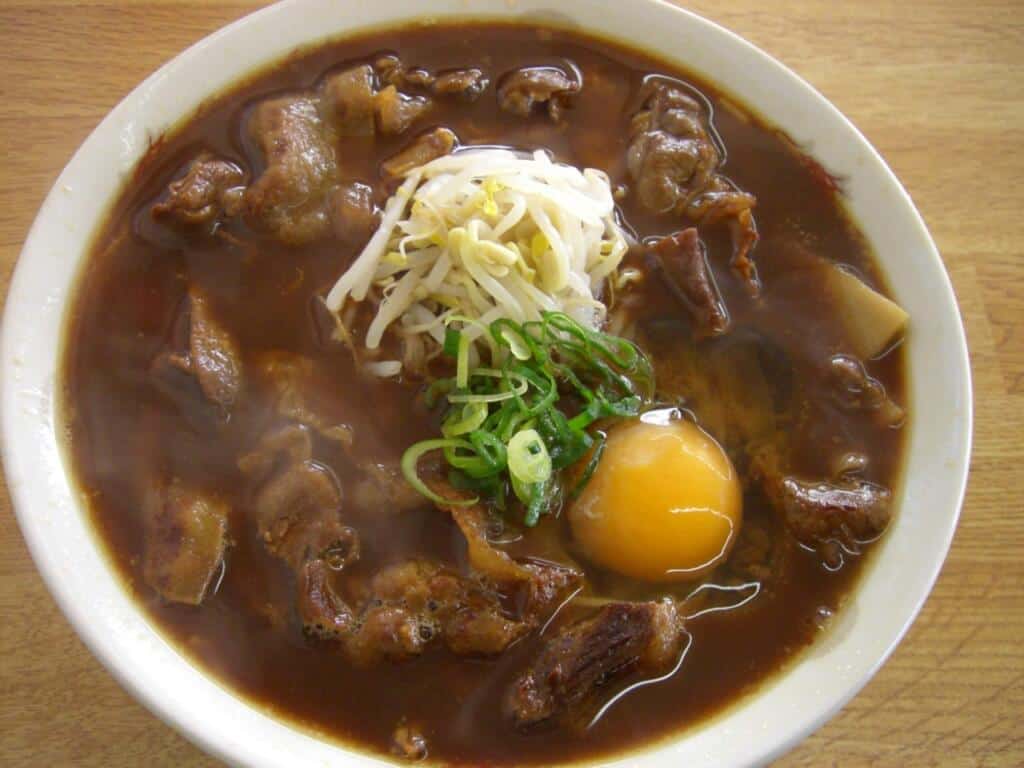
Inotani Main Store
“Chuka Soba” stands as the signature dish of this store. The Inotani Main Store, established on the eastern coast of Shikoku, gained fame as the pioneer of Tokushima Ramen by opening a branch in the Shin-Yokohama Ramen Museum. This shop sells raw egg separately, usually for around 50 yen. “Chuka Soba” or “Chinese Soba” features a salty brown soup and homemade noodles. Today, most locals consider Inotani as the originator of this regional food in Japan.
Okuya Main Store
One of the most popular ramen shops in the area is Okuya Main Store. What sets Okuya apart from other shops is its rice bowl menu. They serve Tokushima Ramen with “shirasu” (partially-dried and salted immature white fish) and “onsen tamago” (slow-cooked egg in low temperature). This shop also serves different variants of ramen such as Tantanmen, Shio, and Miso.

Ramen Todai Omichi Main Store
Ramen Todai Omichi is a popular ramen shop that has several branches nationwide. They serve ramen with rich and thick pork-based soup. It is often said that the ramen in this shop tastes like Sukiyaki and their signature ramen is sold at 1100 yen. Ramen Todai also serves dumplings and unlimited raw eggs which is a surefire hit to customers.
Wanwanken
Wanwanken serves a special tea-based soup made by boiling pork and chicken bones. The soup is rich and is often referred as “well-balanced”. The “Chinese Soba” with meat is sold for 750 yen for large and additional 50 yen for raw egg.
Okamoto
Okamoto is a local restaurant that was established more than 60 years ago. They serve rich white soup that has a balance of sweetness and spiciness. The soup is made with boiled pork bones but it has no odor while the Chashu topping is handmade and has a soft texture. The milky white soup is famous among locals together with the tea shop ambiance of the restaurant.
You’re missing a lot if you haven’t tried this dish from the eastern part of Japan! Having a bowl of ramen is like getting an instant boost of energy.
The warmth and palatable soup is just too hard to resist! Tokushima Ramen is not just tasty but it’s also rich in history.
What do you think? Is it a hit or a miss? Let us know by leaving a comment below.
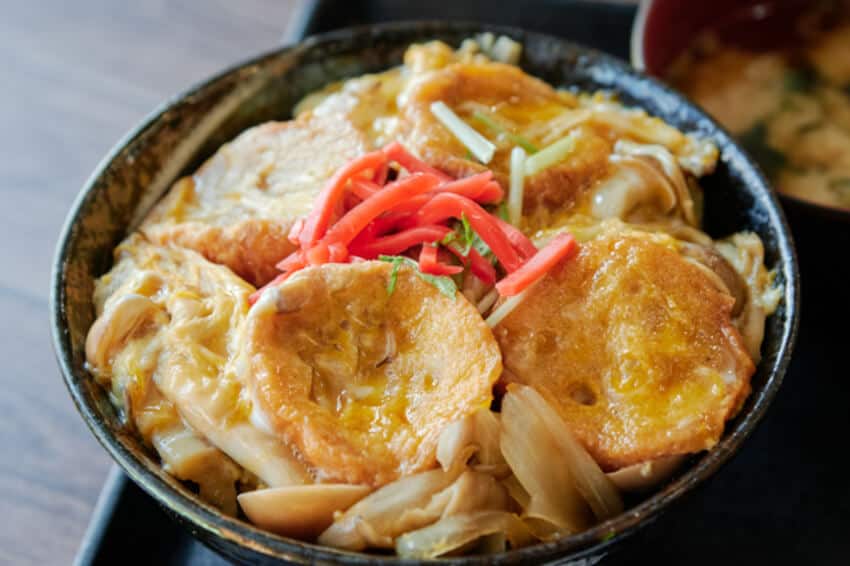
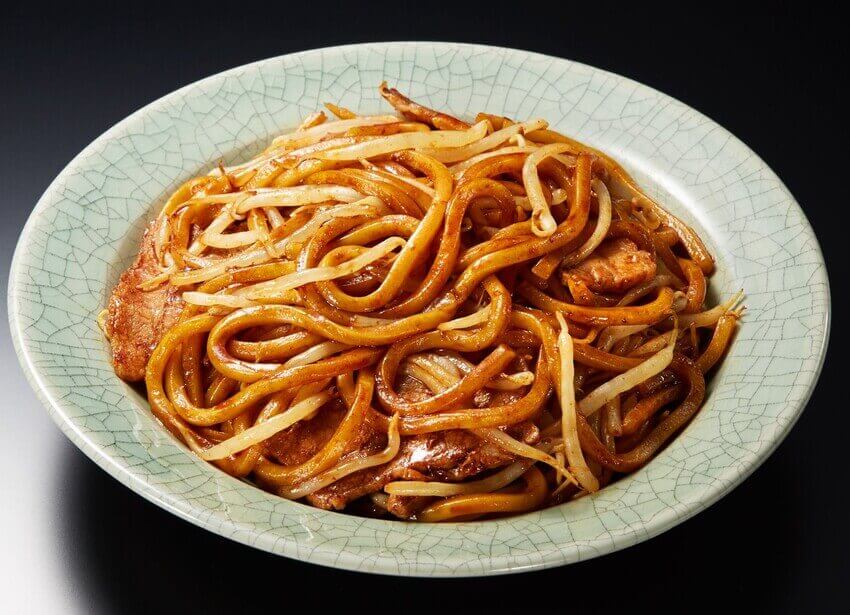
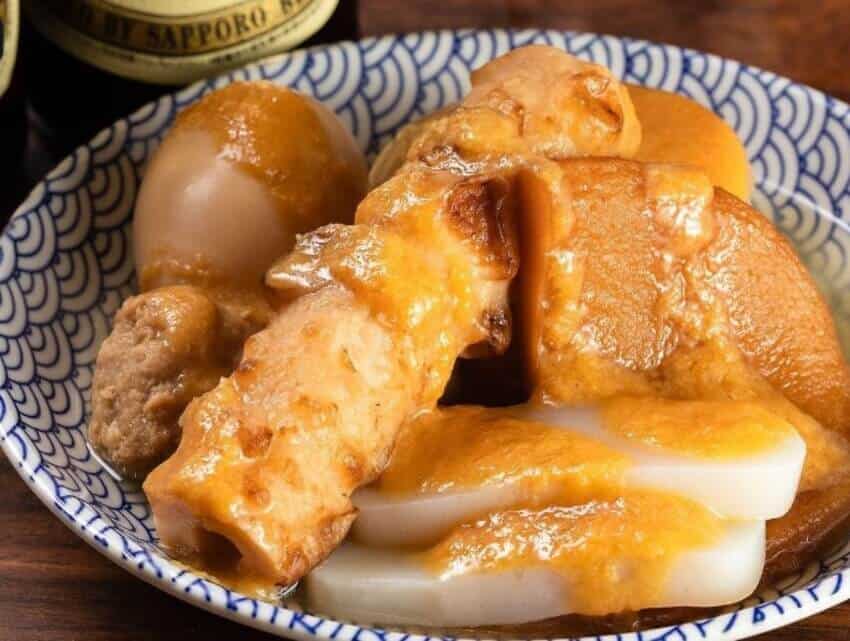
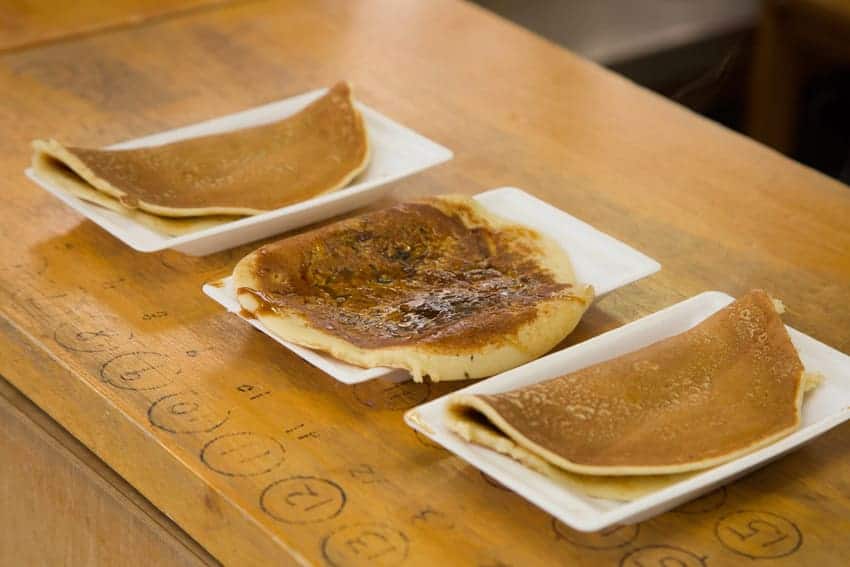
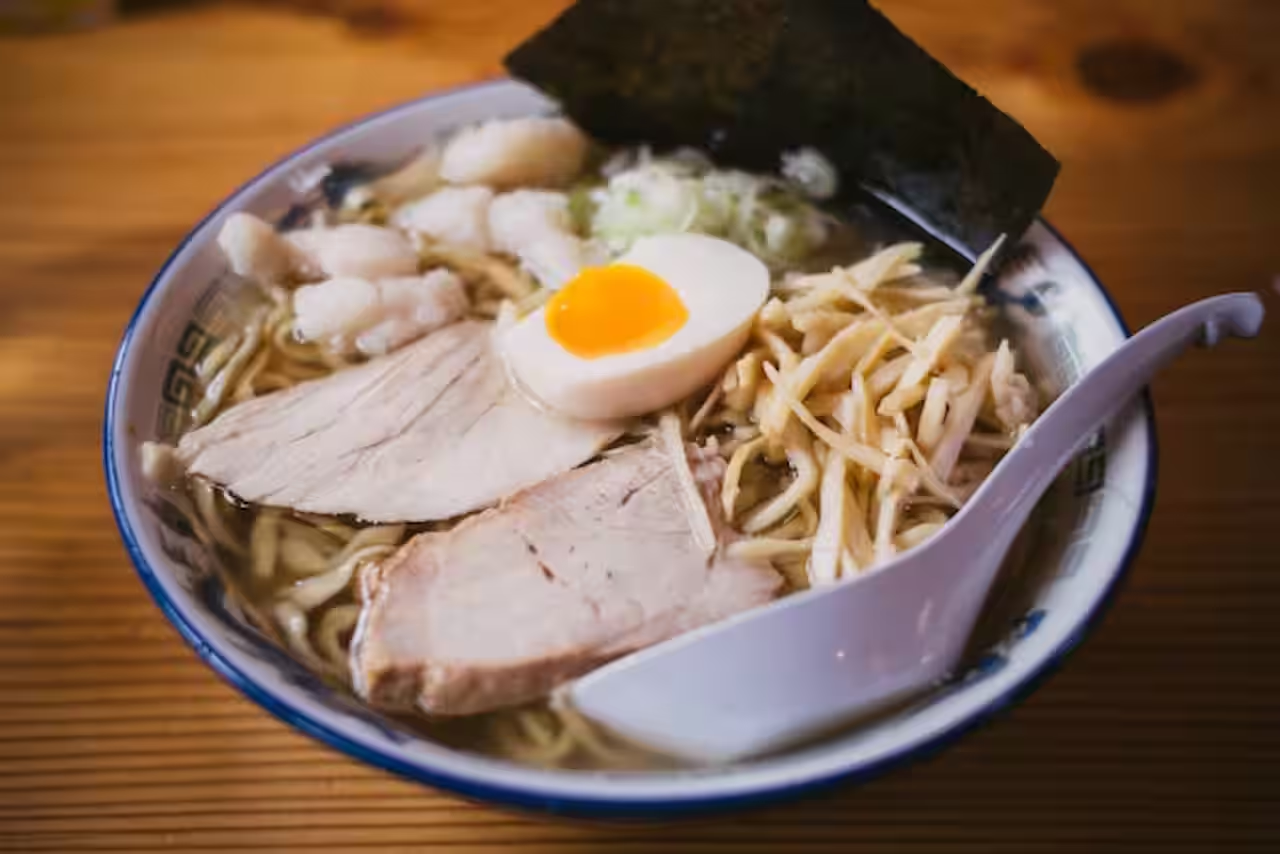

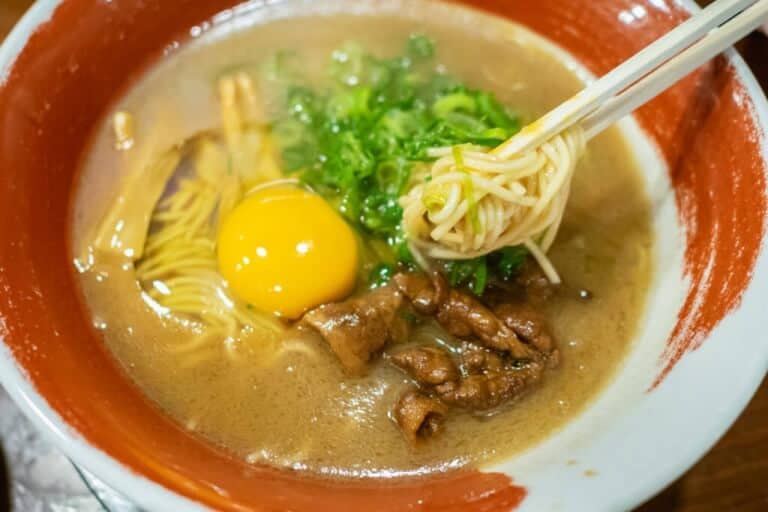
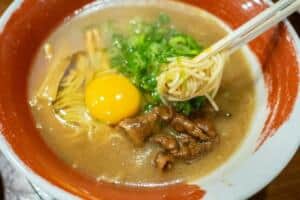
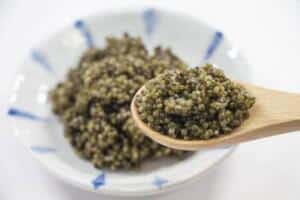
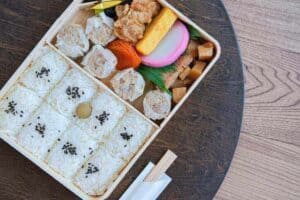
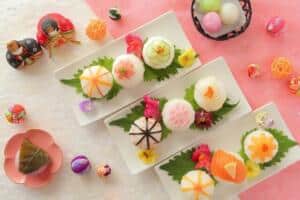
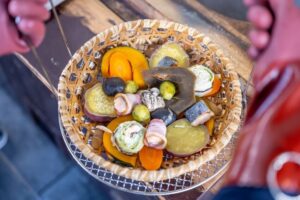
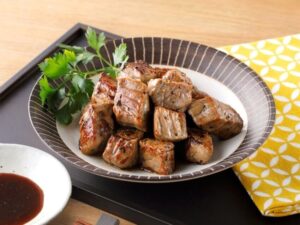
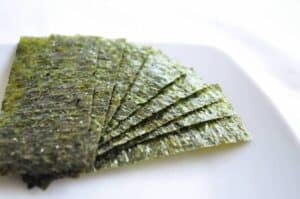

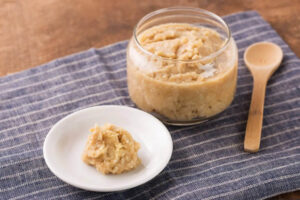
Comments